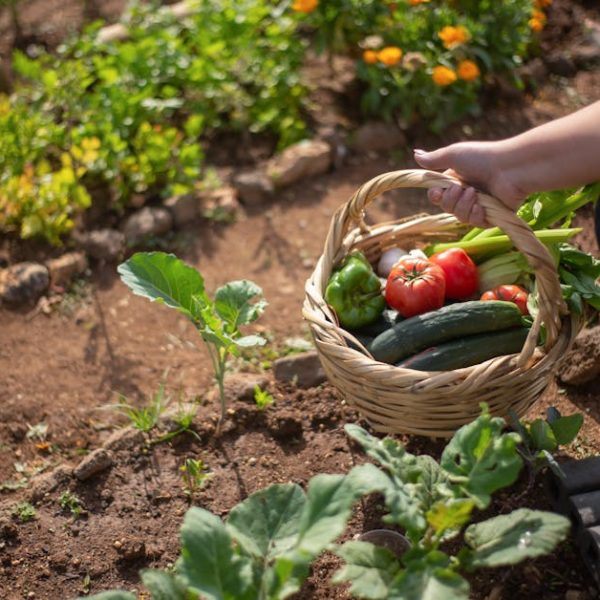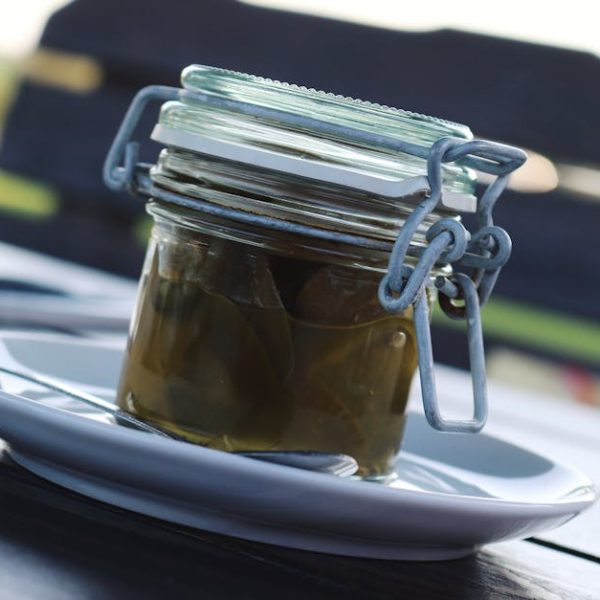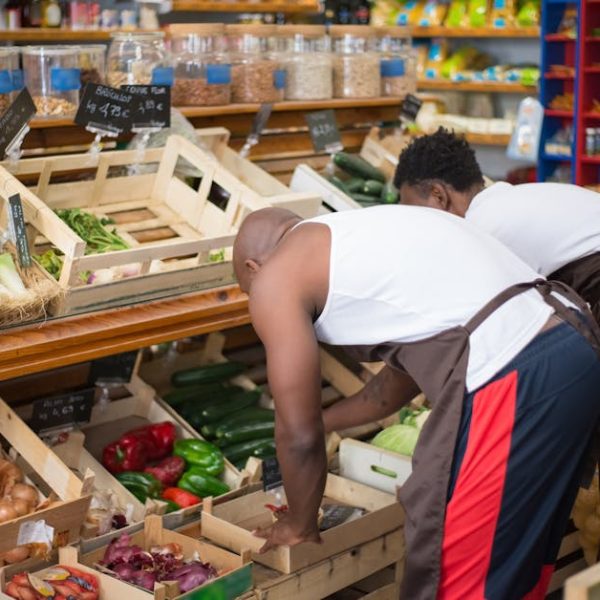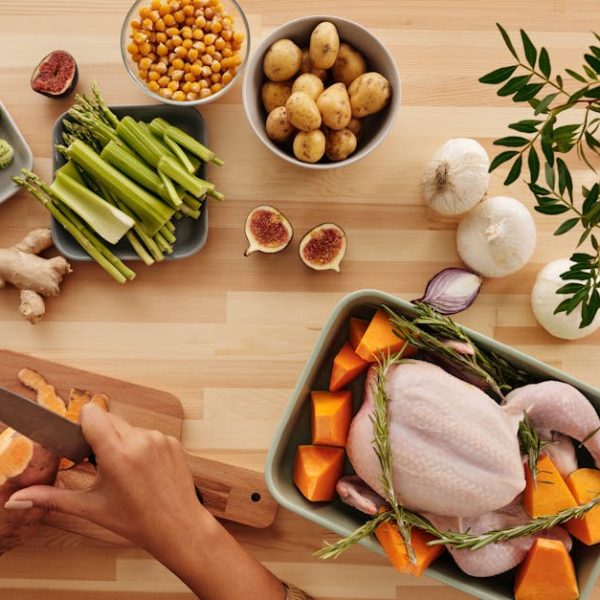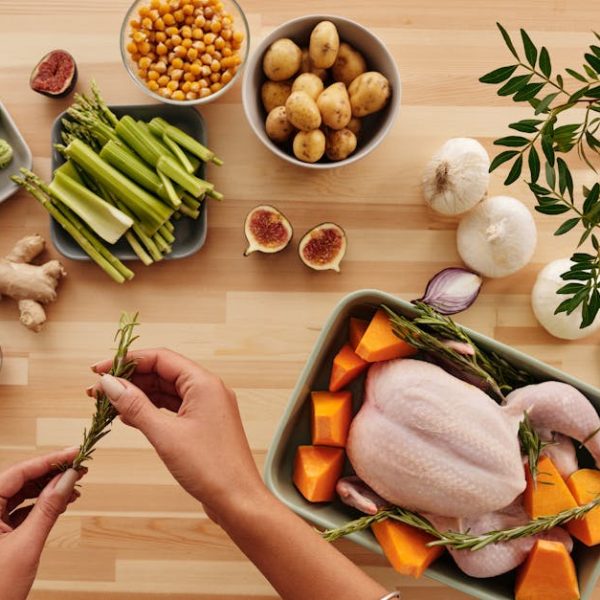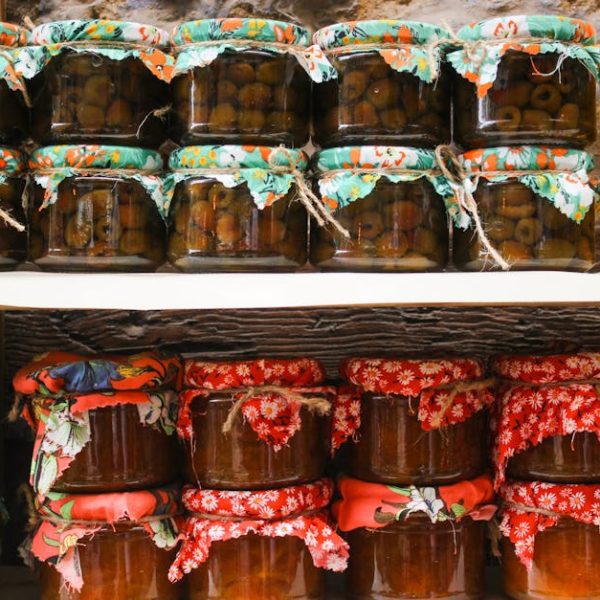Home canning is a fantastic hobby and a practical skill that allows you to preserve and enjoy seasonal fruits and vegetables throughout the year. To begin your food preservation journey, though, you need the right canning supplies. From jars and lids to a water bath canner, getting the right tools is essential for safe and enjoyable canning. The following 10 essential canning supplies are indispensable in every home canner’s toolkit.
1. Quality Canning Jars
No matter what you’re canning, high-quality jars are a must. These containers are pivotal in keeping the taste and freshness of your canned foods intact. Quality jars provide the vacuum sealing necessary for successful canning.
Different types of canning jars serve different purposes, so your choice should be contingent on what’s being preserved. There are a plethora of options available, such as mason jars for fruits and vegetables, and Weck jars for juices and jams.
Best Practice: Remember to always clean and sterilize your jars before using them for canning. Avoid using jars with chips or cracks, and store them in a cool, dark place to maximize shelf life.
2. Canning Jar Lids and Bands
Canning jar lids play a pivotal role in creating airtight seals. To ensure food safety, it’s advisable to use new lids each canning session, as reusing can decrease the effectiveness of the seal.
When choosing between single-use and reusable lids, remember that while single-use lids are economical and reliable, reusable lids are more eco-friendly. However, they might require more maintenance and careful examination for wear and tear.
Pro Tip: Always check for signs of rust or damages before using lids and bands – safety first!
3. Canning Rack
A canning rack is a simple tool with a vital responsibility: it helps you safely maneuver jars into and out of boiling water and prevents the jars from knocking together or touching the hot base of the canner.
There are various types of canning racks available, such as the lifter or cradle models designed for large batches, or the flat rack models suitable for smaller batches.
Pro Tip: Choose a rack based on the size and quantity of jars you usually work with; this ensures your jars stay secure and separated during the canning process.
4. Pressure Canner
Low-acid foods like vegetables and meats necessitate the use of a pressure canner for safe preservation. Through a combination of heat and elevated pressure, pressure canners effectively kill the bacteria that cause food spoilage.
Remember, accurate timing and precise pressure control is a must while using these devices – always follow the manufacturer’s instructions for safe usage.
A pressure canner heats jars to a higher temperature than a water bath canner and is thus necessary for low-acid foods. However, it might be more complex to operate for beginners.
5. Water Bath Canner
If you’re just starting out or primarily preserving high-acid foods like fruits and pickles, a water bath canner is your go-to tool. This simple device works by immersing jars in boiling water, sealing them and protecting their contents from bacteria.
Best Practice: Always ensure your jars are entirely covered by water throughout the processing time – usually 1-2 inches above their tops.
With these five essential canning supplies, you’re off to a great start on your home canning journey. But there’s more to explore, so keep reading!
6. Funnel for Jars
One might question the need for a dedicated funnel while canning, but it’s an essential tool in reducing spills and preventing chips on your jars. There are funnels made of varying materials like plastic, stainless steel, and even silicone.
Pro Tip: Opt for wide-mouth stainless-steel funnels. They’re durable, easy to clean, and perfect for large pieces of fruits or vegetables.
Moreover, funnels aren’t just for filling; they can be used in the cleaning process and help keep the jar’s rims clean.
7. Lid Lifter
A lid lifter’s magnetic end provides a convenient way to handle jar lids without touching them, which is beneficial for hygiene and safety. Especially when dealing with freshly sterilized, hot lids.
Pro Tip: Ensure you gently tap the lid after lifting, to knock off any excess water from sterilization.
A lid lifter also helps prevent unwanted finger contact with the inner surface of the lid, reducing the risk of contamination.
8. Jar Lifter
Just like a lid lifter makes handling lids easier, a jar lifter is a must-have for handling hot jars. Jar lifters are designed to offer a safe and secure grip on a jar, minimizing the risk of burns or dropping jars.
Best Practice: Always aim for a firm grip, ensuring the lifter grabs the jar neck just below the screw band.
Pro Tip: After use, wipe your jar lifter clean and dry to avoid rust.
9. Bubble Remover and Headspace Tool
No, this isn’t a tool for incrementing your personal space! Headspace refers to the space between the top of the food and the top of the jar, and maintaining the correct headspace is critical for proper vacuum sealing. Similarly, removing air bubbles trapped in the food can prevent the breakage of jars.
Look for a tool that’s heat-resistant and has measures etched for different headspace requirements.
Best Practice: After filling the jar, slide the bubble remover along the inside of the jar edge to release trapped air. Then, use the notched end to measure the headspace.
10. Food Mill or Strainer
Whether you’re making jams, jellies, or sauces, a good quality food mill or strainer is invaluable in achieving a smooth consistency and removing seeds and skins.
Comparison: While traditional strainers can be more labor-intensive, food mills provide efficient, semi-automated milling and straining.
Food mills and strainers can also be useful in other cooking processes, making them a versatile addition to your kitchen kit.
Conclusion
Home canning can be a delightful and rewarding hobby, enabling you to preserve seasonal bounty for enjoyment all year round. With these essential supplies for canning, you’ll be well-equipped to embark on your food preservation journey. Don’t forget to follow the best practices and pro tips, and always place food safety above all else. Happy canning!
Key Takeaway:
- Quality canning jars are crucial to the preservation process; they keep the taste and freshness of your canned foods intact.
- Reusing canning jar lids and bands can decrease the effectiveness of the seal, thus it’s advisable to use new ones each canning session.
- Canning racks help prevent jars from colliding or touching the hot canner.
- If preserving low-acid foods like vegetables and meats, a pressure canner is essential.
- If you’re a beginner or planning to preserve high-acid foods, opt for a water bath canner.
- Funnels reduce spills and can also help in the jar cleaning process.
- Lid lifters and jar lifters are beneficial tools for handling hot jars and lids.
- Maintaining the correct headspace and removing air bubbles are crucial for proper vacuum sealing – a task made easier with bubble removers and headspace tools.
- Food mills or strainers are great aids in achieving the desired consistency in your preserved food.
Home canning is not just a hobby; it’s an impressive skill that enables you to enjoy seasonal produce all year round. As you begin your food preservation journey, always remember: the right tools play a significant role in your success. Plus, following best practices and pro tips will ensure your safety and the quality of your preserved goods. So, get your kit ready, follow the guidelines, and enjoy this rewarding endeavor.
FAQs
Q: What are some common beginner mistakes I should be aware of in home canning?
A: Common beginner errors include not using the proper jar size, not removing air bubbles, not adjusting processing time and pressure for altitude, or not ensuring jars are completely submerged in the water bath canner.
Q: How should I clean my canning jars?
A: Canning jars should be washed in warm, soapy water and rinsed well. Avoid sterilizing jars for jams, jellies, and pickled products processed in a boiling-water canner for 10 minutes or more, or if using a pressure canner.
Q: Are all types of jars suitable for home canning?
A: Not all jar types are suited for home canning. Always use jars specifically designed for home canning. Jars not intended for canning, like mayonnaise or commercial food jars, can fail or break under high temperatures.
Q: Are there any risks involved in home canning?
A: If correctly done, home canning is generally safe. However, if food isn’t canned properly, it may lead to foodborne illness like botulism. That’s why it’s critical to follow established canning practices and safety guidelines.
Q: Can I reuse lids and bands for canning?
A: While bands can be reused if they’re not rusted or bent, it’s not safe to reuse lids. Used lids may not seal properly, leading to spoiled canned food.
Feel free to share this valuable information with others who are interested in home canning and to explore more topics on our website. Happy canning!
